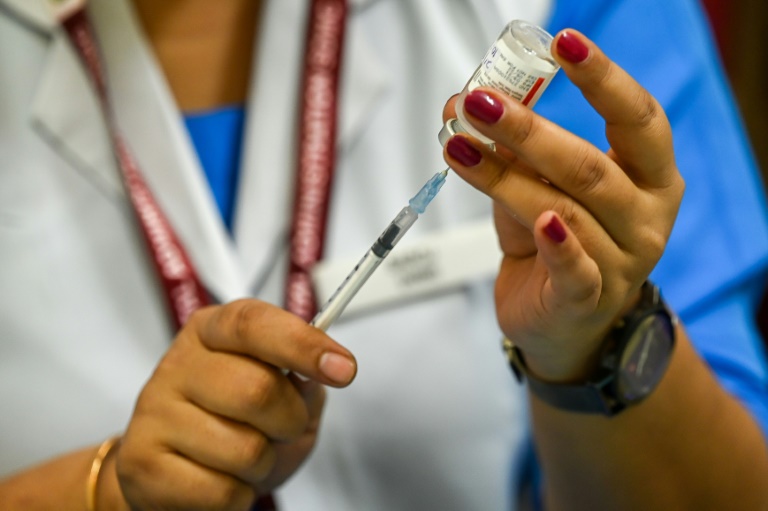
Origins of COVID-19 Still Unknown as Probe Remains Inconclusive: WHO » Capital News
June 30 – The World Health Organization (WHO) says the search for the origin of COVID-19 remains incomplete, with critical information still withheld. WHO Director-General Dr Tedros Adhanom Ghebreyesus urged countries, particularly China, to share data openly to prevent future pandemics.
“All hypotheses remain on the table,” Tedros said on Friday, following the release of a final report by the WHO’s Scientific Advisory Group for the Origins of Novel Pathogens (SAGO), which admitted that efforts to determine how the virus emerged had reached no definitive conclusion.
“We continue to appeal to China and any other country that has information about the origins of COVID-19 to share that information openly, in the interests of protecting the world,” he added.
COVID-19, which erupted in late 2019 in Wuhan, China, has killed at least 20 million people and caused global economic losses exceeding $10 trillion. Tedros called it a “moral imperative” to uncover the origins of the virus, known scientifically as SARS-CoV-2.
Lab Leak Theory Cannot Be Ruled Out
SAGO chair Marietjie Venter said most evidence still points to a zoonotic spillover—where the virus jumped from animals to humans, potentially through an intermediate host. However, she acknowledged that lack of cooperation, particularly from China, had stymied any investigation into whether the outbreak might have resulted from a laboratory accident.
“Despite repeated requests, we were not given the data needed to assess that possibility. It remains speculative but cannot be excluded,” she said, stressing that no scientific evidence has been found to support claims of virus manipulation in a lab.
Venter added there was no indication of virus transmission outside China before December 2019, reinforcing the belief that Wuhan was the epicentre of the pandemic.
A previous WHO-China joint study in early 2021 concluded that the virus most likely originated from bats, transmitted to humans via another animal. However, the investigation was widely criticised for lacking transparency and failing to rigorously pursue the lab-leak hypothesis.
Inquiry Begins into UK Care Home Tragedy
As the world continues to grapple with the legacy of COVID-19, the UK’s official public inquiry today begins examining one of the pandemic’s most painful chapters—its devastating impact on care homes.
Bereaved families have long awaited the chance to question why nearly 46,000 care home residents in England and Wales died with COVID-19 between March 2020 and January 2022, many in the early weeks of the outbreak.
Among the key concerns is the government’s decision in March 2020 to discharge hospital patients into care homes without testing, a move some relatives say seeded infections that spread rapidly in vulnerable populations.
“There were no protocols, no testing. The NHS discharged patients as normal, but we were in a pandemic,” said Maureen Lewis, manager of St Ives Lodge, a care home in northeast London. She described how six residents died within one week in April 2020, soon after a hospitalised resident returned with COVID symptoms.
“We were like a mini hospital, Googling what to do,” she said, recalling how doctors and nurses refused to enter the facility and protective gear was in short supply.
Lewis slammed former Health Secretary Matt Hancock for claiming in May 2020 that the government had thrown a “protective ring” around care homes. “There was no ring of protection,” she said. “He must be held accountable.”
Families and care home staff are also demanding answers on the controversial use of blanket “Do Not Resuscitate” orders and restrictive visiting policies that left many residents to die alone.